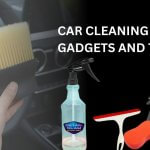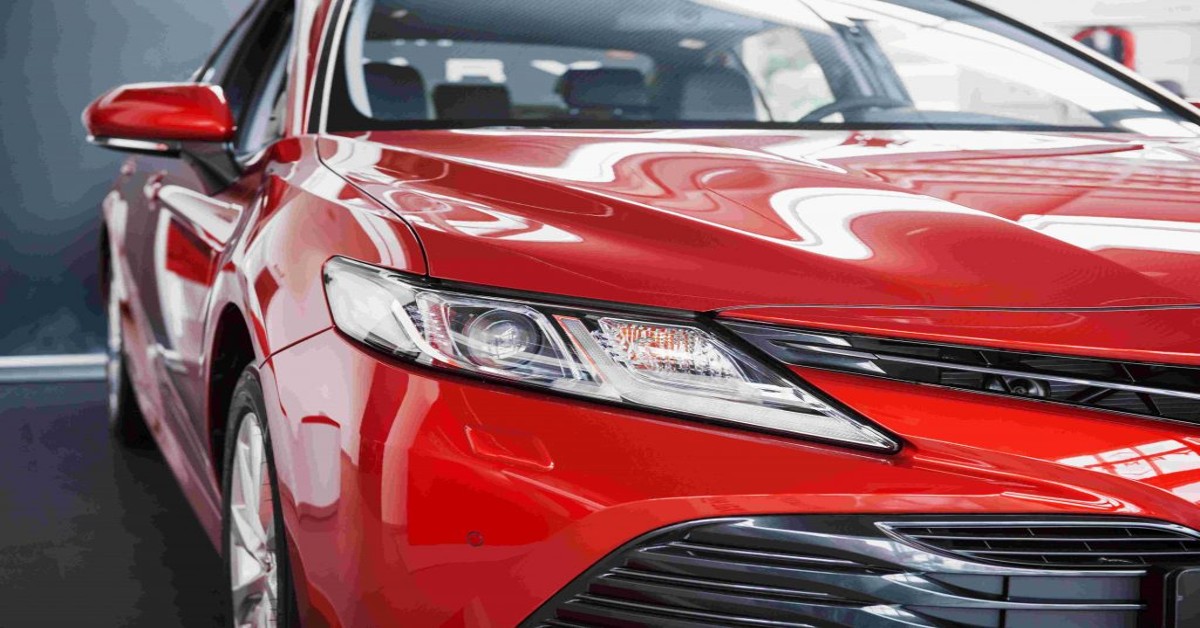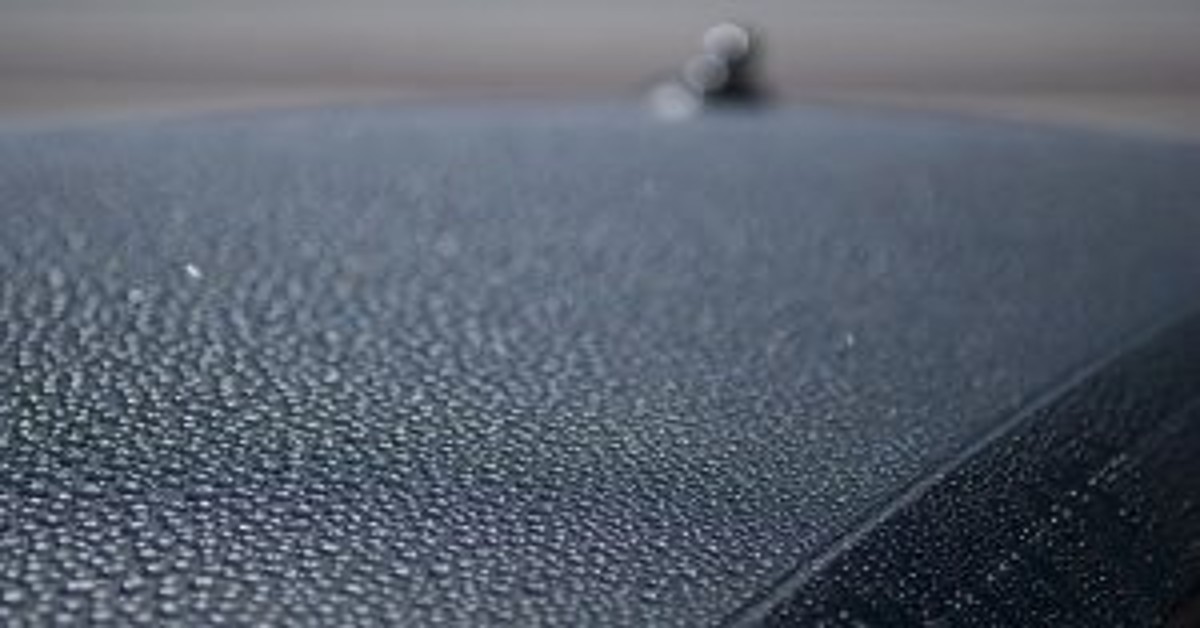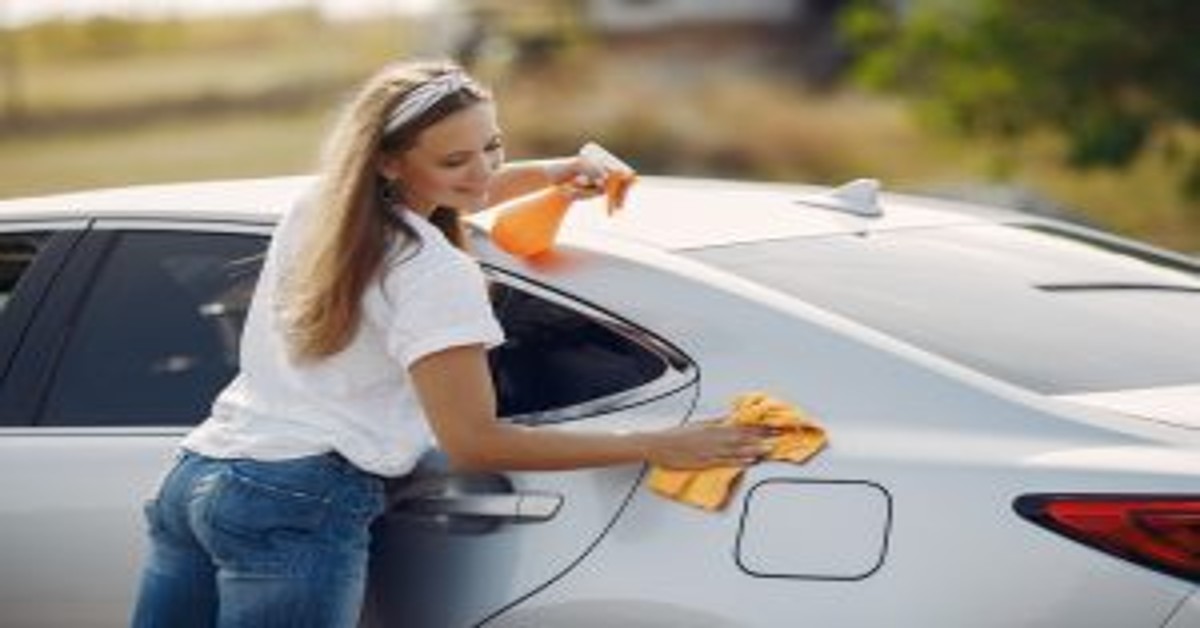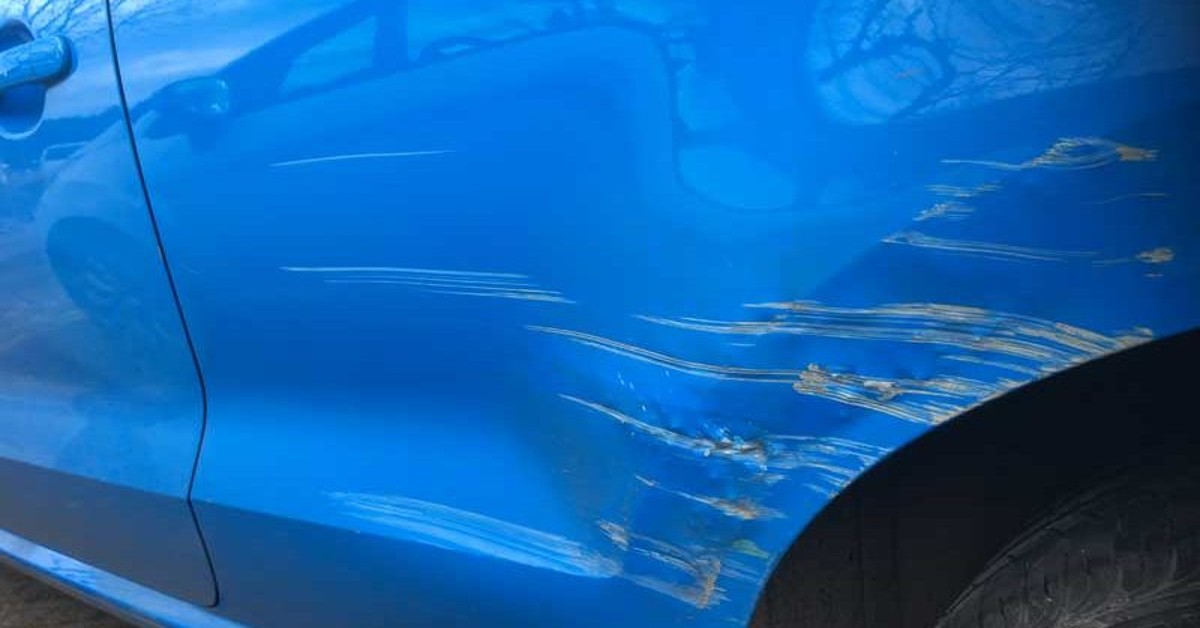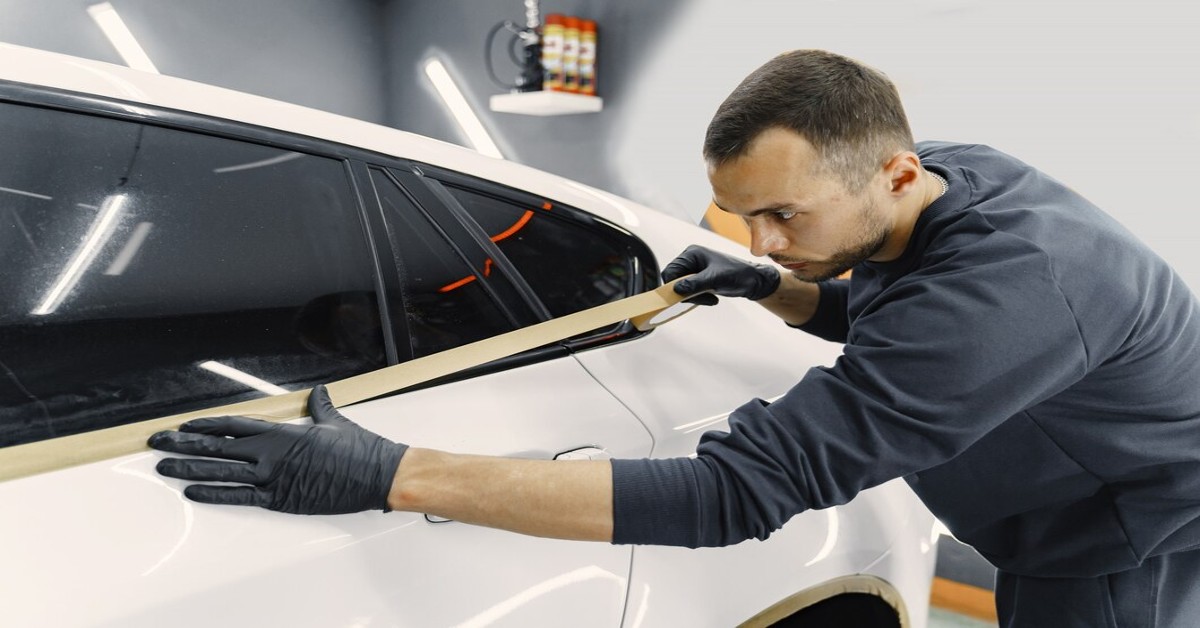What is Paint Contamination? Paint contamination consists of bonded and embedded organic and inorganic particles that are harmful to your vehicle’s paint. These types of contaminants and particles cannot be removed through regular washing processes.
Organic particles and matter originate from the broken-down remains of plants and animals in the environment and physically bond to your vehicle’s paint.
Inorganic particles and matter are inanimate and not of biological origin. These particles not only physically bond to your vehicle’s paint but also chemically bond, often making them tougher to remove than organic particles.
Organic Contamination
Tree Sap & resin
Pollen
Bug Splatter
Bird Droppings
Acid Rain, Hard Water Spots, and Mineral Deposits can have elements of both organic and inorganic matter.
Inorganic Contamination
Rail Dust
Brake Dust
Road Tar
Industrial Fallout
Anti-icing and de-icing Chemicals such as Salt, Magnesium Chloride, and Calcium Chloride
Paint Over Spray
Winter Road Photo
Table of Contents
How Does Contamination Damage Paint?
Over time embedded and bonded particles oxidize, corrode, and deteriorate your vehicle’s paint. Common signs are the paint looking dull and as a result, will no longer have its initial gloss or shine.
As time goes on these contaminates can cause clear coat failure, rust from moisture penetrating broken areas in the paint, etching effects on the paint surface, and other un-repairable damage if left unattended. For example,
acids present in bird droppings can penetrate your vehicle’s paint layers and cause varying complications from mild surfacing staining to penetration and failure of paint layers. The following picture is of clear coat failure on the trunk of a Honda Civic. The only way to repair the damage is to re-paint the trunk.
Factors In Minimizing Paint Contamination
Three main factors that come into play with paint contamination are the climate your vehicle is exposed to, the time in which these contaminates have bonded and interacted with your vehicle’s paint,
and the condition of the paint when these particles embed and bonded to the surface. Minimizing the time these contaminants are interacting with your vehicle’s paint is the best way to prevent damage.
Also, applying a high-quality wax or sealant will create a barrier for your paint, and with proper and timely maintenance effects can be minimized or completely non-existent.
Rust spotsRust develop under the painted surface and cause the paint to bubble and push up. New Vehicles Are Not Exempt. New vehicles are transported from the factory to dealerships in three main ways, by large ships, trains, and trucks.
These means of transportation produce contaminants such as rail dust, industrial fallout, and brake dust that bond to your vehicle’s surface, which leaves it feeling rough and gritty from the start.
New Car ShipmentNew cars were completely exposed for months before hitting dealership lots.
Industrial areas with a high level of manufacturing produce lots of inorganic particles and as new vehicles sit in these areas contamination is introduced to the new car.
The dealership lot is another place where new cars are exposed to anything and everything in the air for extended periods. Most auto manufacturers do their best to cover some panels with plastic before transport but many times this is not adequate protection.
Why Remove Paint Contamination?
As previously discussed, over time contaminants will deteriorate and cause permanent damage to your vehicle’s paint. In addition to ruining your paint, they make polishing your vehicle less effective. When polishing a vehicle by hand or machine it’s important to work on a completely clean surface.
If the surface has dirt and contamination still present it can be lodged into the applicator and buffing pads inadvertently causing swirls and scratches on your vehicle, which defeats the whole purpose of polishing.
In addition to ineffective polishing, waxes, and sealants do not bond as well to the vehicle’s paint because they never get a chance to come in contact with the surface.
Waxes and sealants become less effective because they are designed to bond to paint, not dirt and contamination. This leads to waxes and sealants not lasting as long, paint still having a dull appearance, and diminishing the protection quality of the product used.
How To Remove Paint Contamination
The best approach to removing paint contamination is using auto-detailing clay. Auto detailing clay is a plastic resin compound containing mild abrasives that extract and remove contamination that washing alone cannot.
The soft plastic resin can be thought of as the applicator pad, which allows safe contact with the paint surface while the abrasives do their work.
A lubricant is sprayed on the paint as the clay bar is rubbed against the surface to remove any present contamination. When finished, the surface should feel smooth like glass and no longer gritty and bumpy.
A sandwich bag can be used to increase the sensitivity of your touch as you inspect the surface. If your vehicle has never been played before or it’s been several months and the surface still feels smooth,
try the sandwich bag trick to double-check the area. Having a clean, contamination-free surface is essential for making your vehicle’s paint look its best.
The Run-Down:
Paint contamination is bonded and embedded organic and inorganic particles that can not be removed through washing alone.
Types of contamination are tree sap & resin, pollen, bug splatter, bird droppings, rail dust, brake dust, road tar, industrial fallout, road salt, and paint overspray.
Over time contamination can oxidize, corrode, and deteriorate your vehicle’s paint making it look dull and stale.
Applying a high-quality wax or sealant will create a barrier for your paint and with proper and timely maintenance the negative effects of contaminates can be minimized.
New vehicles are not exempt. Feel the surface of the vehicle after washing. If it feels gritty or rough contamination is present.
Auto detailing clay is the best and safest way to remove bonded contaminants without harming your car’s paint.



